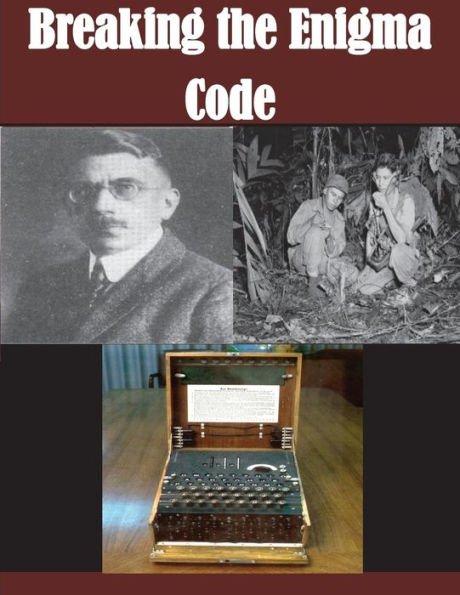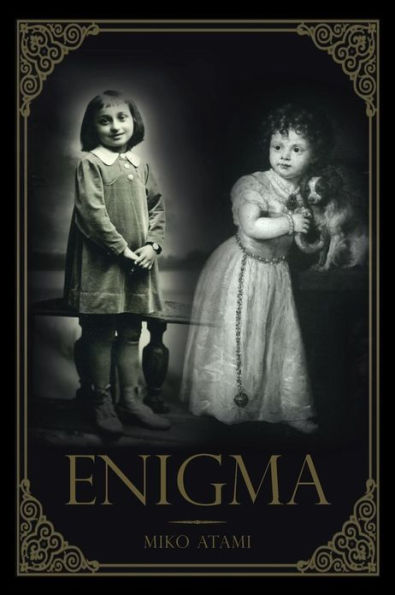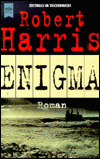Home
Breaking the Enigma Code
Barnes and Noble
Breaking the Enigma Code
Current price: $11.95


Barnes and Noble
Breaking the Enigma Code
Current price: $11.95
Size: OS
Loading Inventory...
*Product information may vary - to confirm product availability, pricing, shipping and return information please contact Barnes and Noble
As the German military grew in the late 1920s, it began looking for a better way to secure its communications. It found the answer in a new cryptographic machine called "Enigma." The Germans believed the encryption generated by the machine to be unbreakable. With a theoretical number of ciphering possibilities of 3 X 10114, their belief was not unjustified.1 However, they never reached that theoretical level of security. Nor did they count on the cryptanalytic abilities of their adversaries.The Enigma machine based its cipher capabilities on a series of wired rotor wheels and a plugboard. Through a web of internal wiring, each of the 26 input contacts on the rotor were connected to a different output contact. The wiring connections of one rotor differed from the connections on any other rotor.Additionally, each rotor had a moveable placement notch found on an outer ring. The notch forced the rotor to its left to step one place forward. This notch could be moved to a different point on the rotor by rotating the outer ring. The Germans followed a daily list, known as a key list, to indicate where the notch should be placed each day.Another complication to the machine involved the plugboard, which the Germans called a "Stecker." The plugboard simply connected one letter to a different letter. That also meant that the second letter automatically connected back to the first. Again, the key list indicated which letters should be connected for that day.Each day, the Germans followed the key list to plug the plugboard connections, select the rotors to be placed in the machine, change the rotor notch placement, and place the rotors in the left, center, or right position within the machine. Finally, the code clerk chose which three letters were to appear through three small windows next to the rotors. These letters indicated the initial rotor settings for any given message, and the code clerk changed those settings with every message he sent.The path the electrical current took initiated with the keystroke. The current passed through the plugboard, changing its path if that letter was plugged to a different letter. From there it entered the first, or rightmost, rotor at the input contact. The rotor wiring redirected it to a different output that went directly into the next rotor's input. After passing through, and changing directions in each rotor, the current entered a reflecting plate. This plate not only changed the "letter," but also sent the current back through the rotors, again resulting in three more changes. The current made one last pass through the stecker and finally on to the light panel where the cipher letter lit up.To decipher an Enigma message, the recipient had to have an Enigma with the same plugboard connections, rotors, notch placement, left/center/right positions, and initial settings. This enabled the current to follow the same pathway in reverse and resulted in the plaintext letter lighting up on the light panel. The Germans, with their published key lists, had the necessary information.The Allies did not. The Enigma eliminated whatever intricacies a language may possess that previous methods of cryptanalysis exploited. One such practice was frequency counts. Certain letters in any language are used more often than others. By counting which cipher letters appeared most often, cryptanalysts could make an assumption about which plaintext letter they represented. Machine encryption like the Enigma destroyed the frequency counts. Cipher letters tended to appear equally often.


















